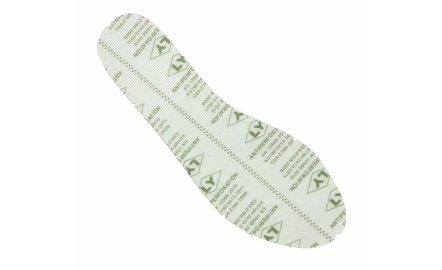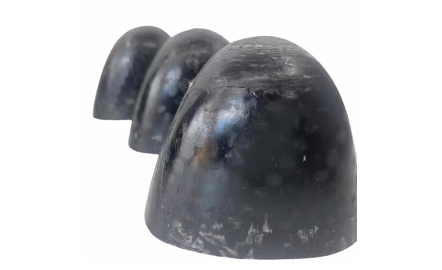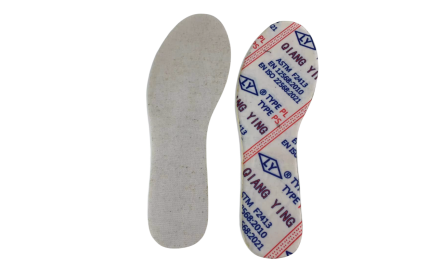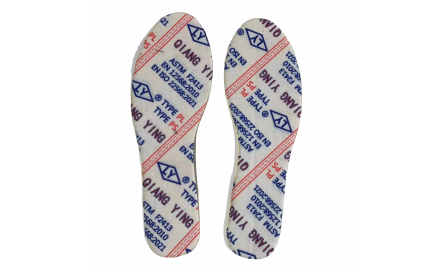In the light industry, foot injury accidents caused by inadequate protection of the toes have always been high. Among the types of labor protection equipment, the protection measures for the feet and toes belong to high-tech and high value-added footwear products. The production process of safety protection shoe tips requires high requirements for raw materials, accessories, chemicals, mechanical equipment, etc., in order to better defend against external objects hitting and squeezing the toes. Qiangying safety shoe material manufacturer has adopted the following safety shoe toe plastic: PC particles.
PC has excellent performance, high transparency, good impact toughness, creep resistance, wide temperature range of use, low sensitivity of PC melt viscosity to shear rate, but high sensitivity to temperature, no obvious melting point, high melt viscosity, easy hydrolysis of resin at high temperatures, and easy cracking of products. In response to these characteristics, we pay special attention to distinguishing and increasing the fluidity of the melt, not by increasing the injection pressure but by increasing the injection temperature.
Require the runner and gate of the mold to be short and thick to reduce fluid pressure loss, while maintaining a higher injection pressure. Before molding, the resin needs to undergo sufficient drying treatment to control its moisture content below 0.02%. In addition, safety shoe toe plastic should also take insulation measures for the resin during the processing to prevent re moisture absorption. Not only does it require reasonable product design, but it is also necessary to correctly grasp the molding process, such as increasing the mold temperature and post-processing the product, which can reduce or eliminate internal stress. Adjust the process parameters in a timely manner based on the different conditions of the product.
One thing to note is that during the injection molding process of safety shoe toe plastic PC, the use of release agents should be strictly controlled, and the use of recycled materials should not exceed three times, with a usage amount of about 20%.
 Choosing an anti puncture midsole depends not only on the product, but also on the manufacturer!
Choosing an anti puncture midsole depends not only on the product, but also on the manufacturer!
 Characteristics of safety shoe toe plastic
Characteristics of safety shoe toe plastic
 Qiangying Shoes Materials: China's footwear industry has shown an industrial cluster development sta
Qiangying Shoes Materials: China's footwear industry has shown an industrial cluster development sta
 The role of anti puncture fabric midsole
The role of anti puncture fabric midsole